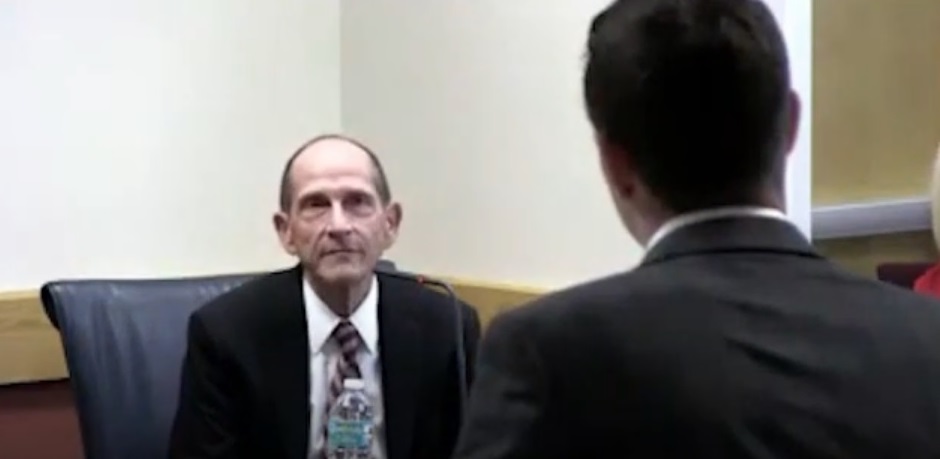

The Expert: Dr. David Okun, a California-based oncologist, testifying for the defense and concluding that there is not enough medical evidence to establish that the smoker suffered from primary lung cancer as opposed to cancer that began elsewhere and metastasized to the lungs.

During a 2019 tobacco product liability case in Florida, Dr. David Okun, a California medical oncologist, testifies for the defense regarding the type of cancer that the deceased had and whether it was related to smoking. Speaking in easily understood, fluid language, the doctor begins this clip by discussing in detail why the cancer that killed this patient was unlikely to have originated in the lungs, and therefore unlikely to have been caused by smoking.
Cancers are defined by their type, their aggressiveness, and where they originated. This cancer was noted to be a poorly differentiated cancer, most likely an adenocarcinoma. Differentiation is an important characteristic. Well-differentiated tumors are less aggressive and slower moving. Poorly differentiated implies that that the cancer cell is the least like a normal cell and may be so undifferentiated that it cannot be determined what type of cell it was supposed to be originally. In any case, what type of cell it started out as or what organ it originated in is important in determining the type of treatment and the likelihood of success.
In this particular case, it was known that the cancer was present in a lymph node in the neck and in the brain, but the pathologist who examined the tissue specimen could not tell where it had originated prior to metastasis due to its poorly differentiated quality. The treating physicians initially looked to the lungs of the chronic smoker as a likely source of the metastatic lesions. A bronchoscopy was performed where a slender, flexible scope is passed down the mouth into the trachea and from there to the bronchial tubes in the major portions of the lung. If an abnormality is seen, some pieces of the tissue will be cut off to be examined by the pathologist. If the tumor is not seen, a brush can be used to blindly sample cells in the far reaches of the bronchus. Bronchial washings are similarly performed by flushing those areas with saline after brushing and collecting the effluent for pathologic examin
Gary Gansar, MD, is residency-trained in general surgery. He served as Chief of Surgery and Staff at Elmwood Medical Center and on the Medical Executive Committee at Touro Infirmary and Mercy Hospital in New Orleans, LA. Dr. Gansar was Board Certified in general surgery while in active practice. He joined AMFS in 2015 as a Physician Medical Director.
The medical expert witness partner for attorneys serious about building a winning case
AMFS is your trusted source for highly-qualified medical expert witnesses. After pioneering the field nearly three decades ago, we’re continuing to redefine medical expert witness services by providing value far beyond a referral alone.
Our Physician Medical Directors know what it takes to build a strong case. Our medical expert witnesses leave no doubt. And our case managers streamline billing and logistics every step of the way, letting you focus on what you do best: constructing your winning case. Explore why AMFS clients expect more from their medical expert witnesses—and get it.
